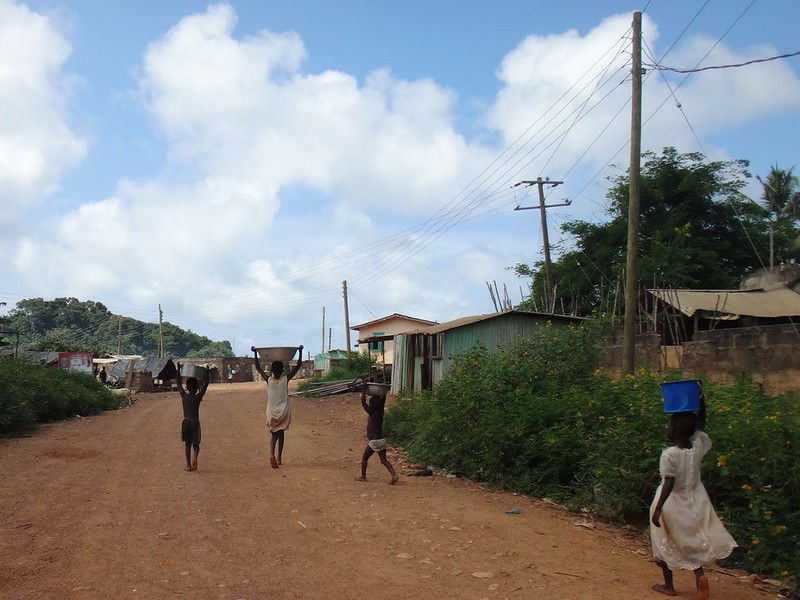5 Facts About Transportation in Impoverished Areas

Transportation plays a major role in the development of a region. A lack of transportation impacts a large population of the global poor, from those in rural regions looking for urban jobs to students who need to commute to school. There is great potential for transportation in impoverished areas to stimulate growth and increase opportunities for underserved communities. Here are five facts about transportation in impoverished areas.
5 Facts About Transportation in Impoverished Areas
- Access to Transportation: Though a seemingly simple topic, transportation is quite complex for many people across the globe. There are many potential obstacles to accessing transportation. For example, public transport remains unaffordable to many poor people. Relatively high fares make public transportation unattainable for the bottom 20% of the income pyramid.
- Increased Job Opportunities: In developing regions, a large portion of economically disadvantaged people live in rural areas. Transport conditions are frequently difficult and draining for these rural poor. A study found that transportation services in rural sub-Saharan Africa actually helped reduce poverty and encourage growth. Improved transportation generally increases access to opportunity for the poor, potentially leading to increased income and ownership of assets. Eventually, these improvements support sustained economic growth for individuals, spurring generational change.
- Access to Education: Many students in impoverished areas find that commuting to and from school takes a toll on their physical and mental capacity to learn. In many cases, students drop out of primary school because they have to walk long distances to reach school. In fact, in the absence of paved roads, only 21% of rural girls and 58% of rural boys attend school. On the other hand, if a paved road exists, school enrollment rates increase to 48% for girls and 76% for boys.
- Food Security: Access to food and the risk of hunger remain major threats to the global poor. Although rural economies in developing countries are predominantly agrarian, approximately 45% of land area in low-income countries is located more than five hours away from the main market. Without proper infrastructure, farmers cannot sell their produce to a larger market. For instance, poor road links were shown to raise transport costs of bananas in Kenya by 14%. Better transportation systems improve the efficiency of food distribution by connecting regions, while also lowering vehicle damage.
- Gender Disparities: There is an obvious gap between the number of men and women in poverty. Despite increasing their participating in the labor force, women end up with lower salaries, often working in the informal sector. Unequal access to transportation perpetuates this trend. In Pakistan, where 75% of women engaged in non-agriculture jobs in the informal economy, a lack of access to public services adversely impacted women’s economic security. Due to fear of violent street crime and abuse, a disproportionate share of women’s commutes in cities are walking trips.
Transportation is a necessary investment to fight global poverty and lift living conditions for those abroad. Governments must work hard to improve access to transportation in impoverished areas. However, foreign aid stands to elevate local governments’ abilities to meet citizens’ basic needs.
– Elizabeth Qiao
Photo: Flickr
